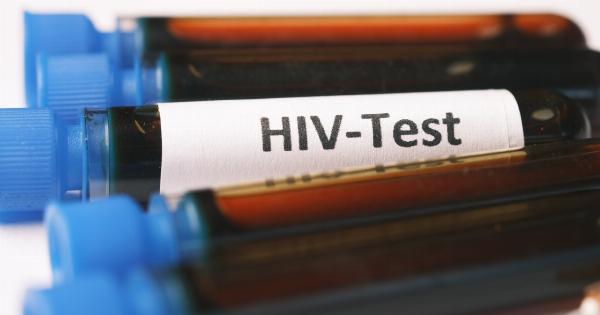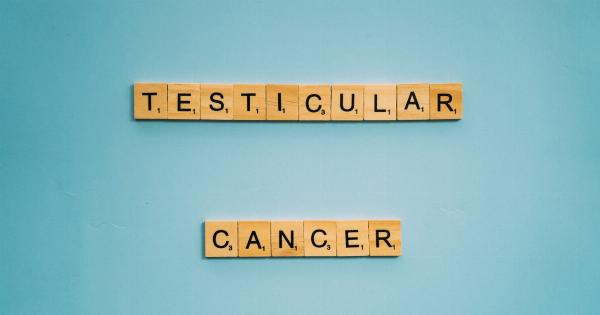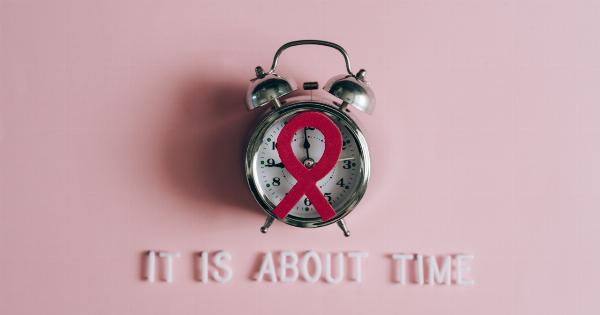Health Education and Life Promotion (HELP) has recently reported a positive decrease in the levels of HIV in several areas. This is a significant milestone in the continuous fight against the spread of HIV, which has claimed millions of lives already.
The study showed a noticeable decrease in HIV cases, mainly due to the strong campaign and education efforts of HELP in raising awareness and changing behavior among high-risk groups in affected areas.
What is HIV?
HIV stands for Human Immunodeficiency Virus. It attacks the immune system and destroys certain white blood cells called T-helper cells, making it more challenging for the body to fight off infections.
HIV is transmitted through bodily fluids like blood, semen, vaginal, or rectal fluids, which can infect a person during sex or blood contact with someone who has the virus. HIV can also be transmitted to a child during breastfeeding or childbirth if the mother has HIV. It is a life-threatening condition that can lead to AIDS (Acquired Immunodeficiency Syndrome) if left untreated.
HELP’s Role in HIV Prevention
HELP is a non-profit organization dedicated to educating and promoting healthy living from a holistic perspective. One of its main advocacy is the prevention of HIV and AIDS.
HELP believes that education, awareness, and behavioral change are keys to lowering the infection rates of the virus. In collaboration with local health organizations, HELP has implemented several initiatives aimed at disseminating crucial information about HIV and AIDS, particularly in high-risk communities.
How HELP Affects HIV Rates
The results of HELP’s efforts to combat the spread of HIV have been remarkable.
The organization has found success in empowering people with information through various means such as social media campaigns, television and radio programs, community events and educational talks in schools and health centers. As a result of these initiatives, more and more people are getting tested and taking preventive measures if found positive for HIV. This increased testing and awareness are essential to the prevention of HIV.
The Benefits of Decreased HIV Levels
The decrease in HIV levels is a significant advancement in the prevention of HIV. Fewer people are at risk of contracting the virus, and there will be fewer opportunities for transmission.
This achievement can result in other benefits such as reducing the cost of treatment or providing much-needed care and resources to those already diagnosed with the virus.
The Next Steps
Although HELP has made significant strides in lowering the rates of HIV infection, the fight is far from over. HELP will continue to push for preventive education and awareness programs to reach more people in high-risk communities.
The organization is committed to developing creative solutions to ensure that anyone who needs access to the necessary resources for HIV prevention and treatment will receive them.
Conclusion
With the decrease in HIV rates, we can all be hopeful for a better future. HELP’s efforts are an example of how education, awareness and community involvement can make a significant impact on the prevention of HIV.
Slowly but surely, the world is moving towards a future where the rates of HIV are non-existent. It is our role to continue to support initiatives like HELP in their efforts to ensure that this future will become a reality.




























